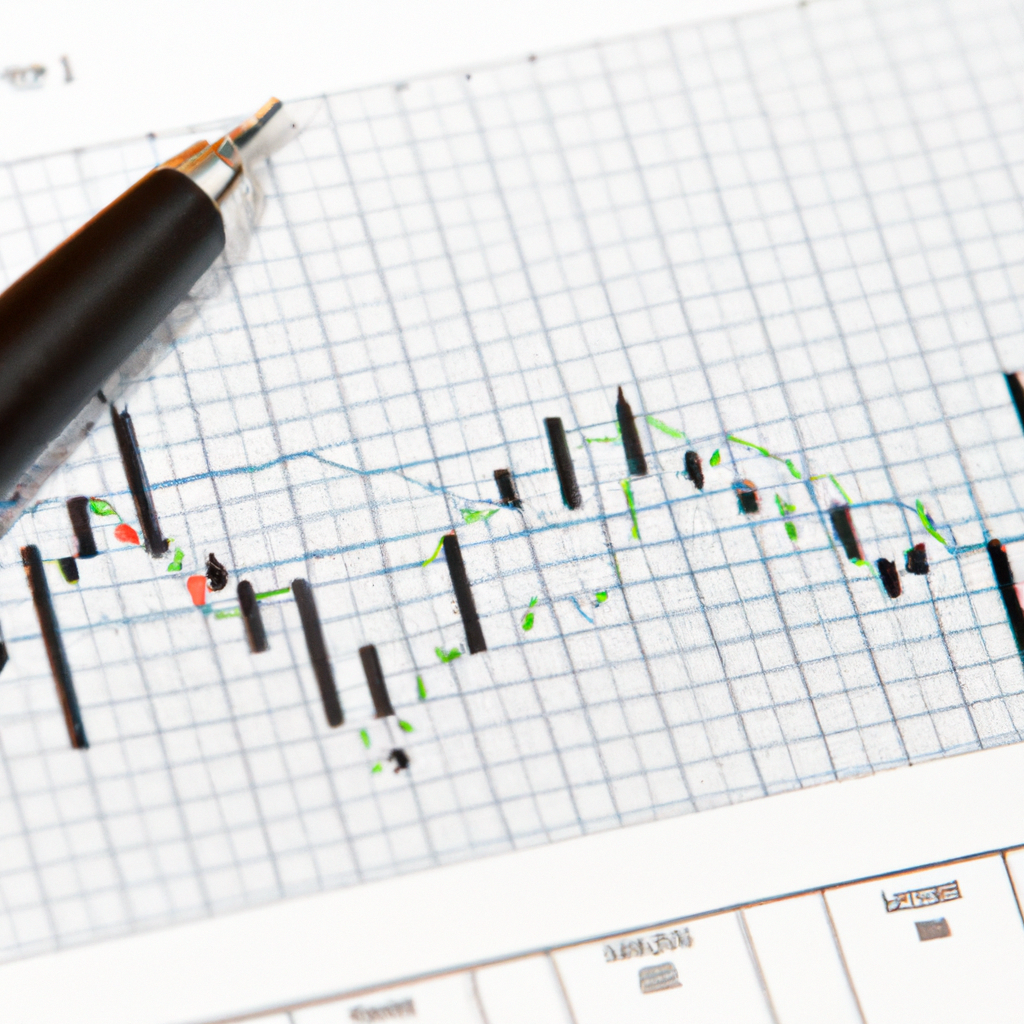Moving Averages Analysis: A Guide to Understanding and Utilizing this Powerful Tool
Introduction
Moving averages analysis is a popular and effective technique used in technical analysis to identify trends and potential trading opportunities in financial markets. By calculating the average price of a security over a specified period, moving averages help traders and investors smooth out short-term price fluctuations and gain valuable insights into market behavior. In this article, we will explore the basics of moving averages analysis and provide a step-by-step guide on how to use this tool effectively.
What are Moving Averages?
Moving averages (MAs) are indicators that calculate the average price of a security over a specific time period, constantly updating as new data becomes available. The most commonly used moving averages are the simple moving average (SMA) and the exponential moving average (EMA). While the SMA gives equal weight to all data points, the EMA assigns more weight to recent prices, making it more responsive to short-term changes.
Types of Moving Averages
There are several types of moving averages, each with its own characteristics and applications. Some commonly used moving averages include:
1. Simple Moving Average (SMA): The SMA is calculated by summing up the closing prices of a security over a specified period and dividing it by the number of periods. It provides a smooth line that reflects the overall trend.
2. Exponential Moving Average (EMA): The EMA puts more weight on recent prices, making it more responsive to changes in market conditions. It is calculated using a formula that assigns exponential weights to each data point.
3. Weighted Moving Average (WMA): The WMA assigns different weights to each data point, with more weight given to recent prices. This moving average is useful for identifying short-term trends.
How to Use Moving Averages for Analysis
Step 1: Determine the Timeframe
Before using moving averages, it is important to determine the timeframe that suits your trading or investment strategy. Common timeframes include 50-day, 100-day, and 200-day moving averages, but you can choose any period that aligns with your goals.
Step 2: Plot Moving Averages on a Chart
Once you have decided on the timeframe, plot the moving averages on a price chart. This can be done using charting software or online trading platforms. Most platforms offer customizable settings, allowing you to choose the type of moving average and the period.
Step 3: Interpret Moving Average Crossovers
Moving average crossovers are a popular trading signal. When a shorter-term moving average crosses above a longer-term moving average, it is considered a bullish signal, indicating a potential uptrend. Conversely, when a shorter-term moving average crosses below a longer-term moving average, it is a bearish signal, suggesting a potential downtrend.
Step 4: Identify Support and Resistance Levels
Moving averages can also act as support and resistance levels. When the price of a security approaches a moving average from below and bounces off, it indicates a potential support level. On the other hand, when the price approaches a moving average from above and fails to break through, it suggests a resistance level.
Conclusion
Moving averages analysis is a versatile tool that helps traders and investors identify trends, potential entry or exit points, and support/resistance levels. By incorporating moving averages into your technical analysis toolkit, you can gain valuable insights into market behavior and make informed trading decisions. Remember to experiment with different types and timeframes of moving averages to find what works best for your trading strategy.
